Tessellation Patterns Worksheets
Tessellation patterns are a captivating and engaging way to explore geometry concepts and enhance spatial reasoning skills. These worksheets provide an opportunity for students to delve into the world of tessellation, where shapes are repeated and fit together perfectly without any gaps or overlaps. Designed for elementary and middle school students, these worksheets offer a variety of exercises and challenges that will captivate and inspire young minds.
Table of Images 👆
More Other Worksheets
Kindergarten Worksheet My RoomSpanish Verb Worksheets
Cooking Vocabulary Worksheet
DNA Code Worksheet
Meiosis Worksheet Answer Key
Art Handouts and Worksheets
7 Elements of Art Worksheets
All Amendment Worksheet
Symmetry Art Worksheets
Daily Meal Planning Worksheet
What are tessellation patterns?
Tessellation patterns are repetitive arrangements of shapes that fit together without any gaps or overlaps. These patterns are often seen in art, architecture, and mathematics, where shapes like triangles, squares, and hexagons are used to create intricate and visually pleasing designs. Each shape in a tessellation pattern is repeated to cover a surface completely, creating a seamless and cohesive overall design.
How can tessellation patterns be created?
Tessellation patterns can be created by repeating and interlocking geometric shapes, such as triangles, squares, and hexagons, without any gaps or overlaps. By using a combination of rotations, reflections, and translations, these shapes can be arranged in a way that covers a surface completely. This repetitive arrangement of shapes can result in intricate and visually appealing tessellation patterns.
What are some examples of tessellation patterns found in nature?
Some examples of tessellation patterns found in nature include the hexagonal shapes of honeycomb structures created by bees, the overlapping scales on fish or snake skin, the intricate patterns on butterfly wings, and the geometric shapes of plant leaf arrangements such as in pineapples or succulents. These natural tessellations demonstrate efficient use of space and resources in the ecosystem.
What materials can be used to create tessellation patterns?
Any material that can be cut and arranged in geometric shapes can be used to create tessellation patterns. Common materials include paper, cardboard, tile, fabric, wood, and even metal. Digital tools, such as graphic design software, can also be used to create virtual tessellation patterns.
How do artists incorporate tessellation patterns into their work?
Artists incorporate tessellation patterns into their work by repeating a geometric shape or design to create a seamless and cohesive pattern. This can be done using various media such as drawing, painting, sculpture, and even digital art. By carefully arranging and repeating these patterns, artists can create visually striking compositions that showcase an intricate and harmonious relationship between shapes and space.
What is the purpose of studying tessellation patterns in mathematics?
Studying tessellation patterns in mathematics helps to develop critical thinking skills, spatial reasoning, and problem-solving abilities. It also allows students to better understand concepts related to symmetry, geometry, and transformations. Additionally, tessellations have practical applications in various fields such as art, architecture, design, and even computer graphics, making it a valuable area of study with real-world relevance.
How can tessellation patterns be used to teach shapes and geometry to children?
Tessellation patterns can be used effectively in teaching shapes and geometry to children by providing concrete examples of how shapes can fit together to form interesting and visually appealing designs. By exploring tessellations, children can learn about concepts such as regular and irregular shapes, symmetry, angles, and spatial reasoning in a hands-on and engaging way. They can also practice identifying different geometric shapes within the tessellations and develop problem-solving skills by creating their patterns using various shapes and colors. Overall, tessellation patterns offer a fun and interactive way to enhance children's understanding of shapes and geometry.
What are the different types of tessellation patterns?
There are three main types of tessellation patterns: regular tessellations, semi-regular tessellations, and non-regular tessellations. Regular tessellations consist of repeating identical shapes, such as squares, triangles, or hexagons, fitting together without gaps or overlaps. Semi-regular tessellations involve different types of regular polygons that alternate to create a pattern. Non-regular tessellations are made up of irregular shapes that fill a space with no gaps or overlaps, often resulting in more complex and visually interesting designs.
How do symmetry and repetition play a role in creating tessellation patterns?
Symmetry and repetition are essential in creating tessellation patterns as they help ensure that shapes fit together seamlessly with no gaps or overlaps. Symmetry ensures that the shapes mirror each other evenly, while repetition allows for the consistent placement of shapes to cover a surface without leaving any spaces. By combining symmetry and repetition, artists and designers can create intricate and visually appealing tessellation patterns that appear to seamlessly flow across a surface.
How can tessellation patterns be applied in architecture and design?
Tessellation patterns can be applied in architecture and design by creating intricate and visually appealing designs on surfaces such as floors, walls, ceilings, and facades. These patterns can help create a sense of rhythm, harmony, and order in a space, while also adding a unique and artistic element. Tessellation can also be used to optimize material efficiency and create modular systems that can be easily replicated and assembled. Additionally, tessellation patterns can be incorporated into furniture and product design to add a touch of elegance and sophistication to the overall aesthetic.
Have something to share?
Who is Worksheeto?
At Worksheeto, we are committed to delivering an extensive and varied portfolio of superior quality worksheets, designed to address the educational demands of students, educators, and parents.

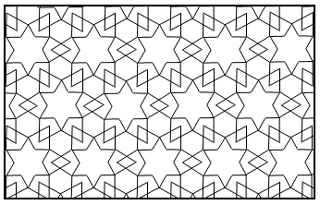



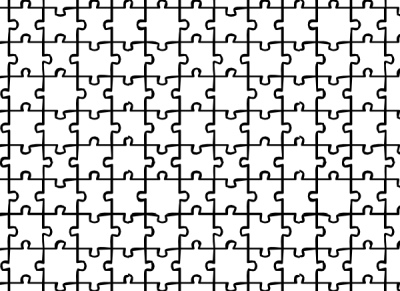
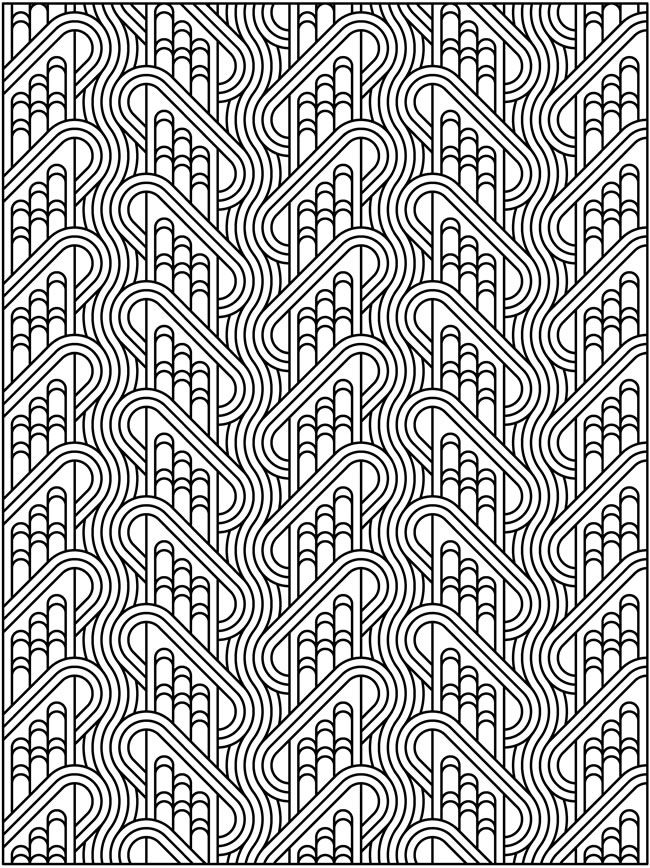
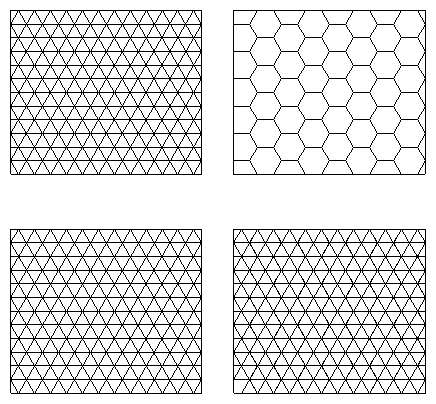
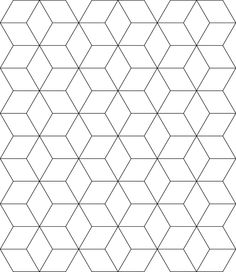
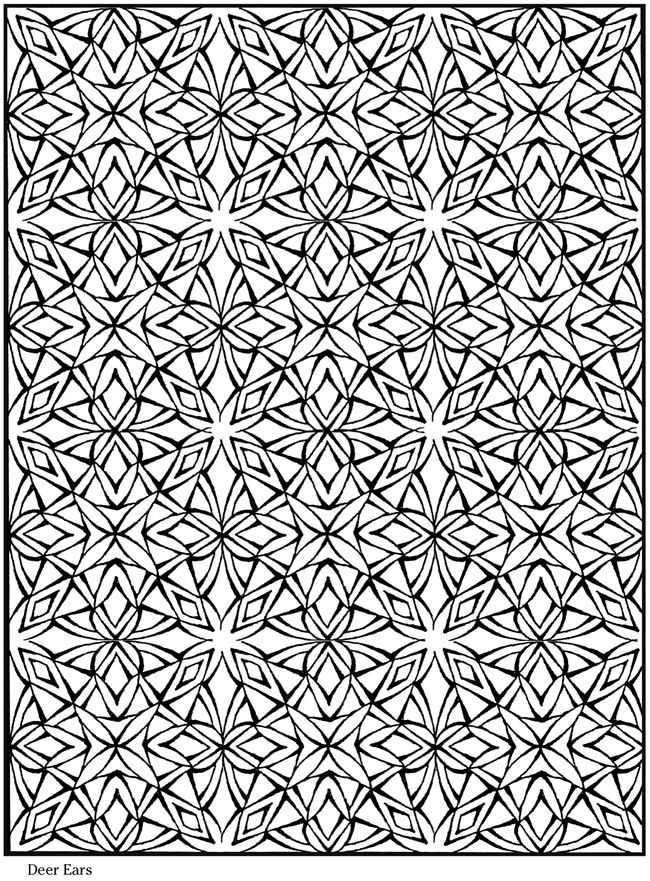

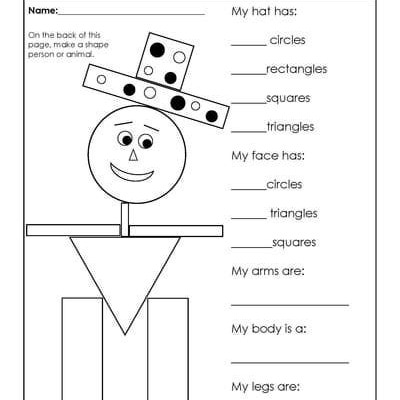
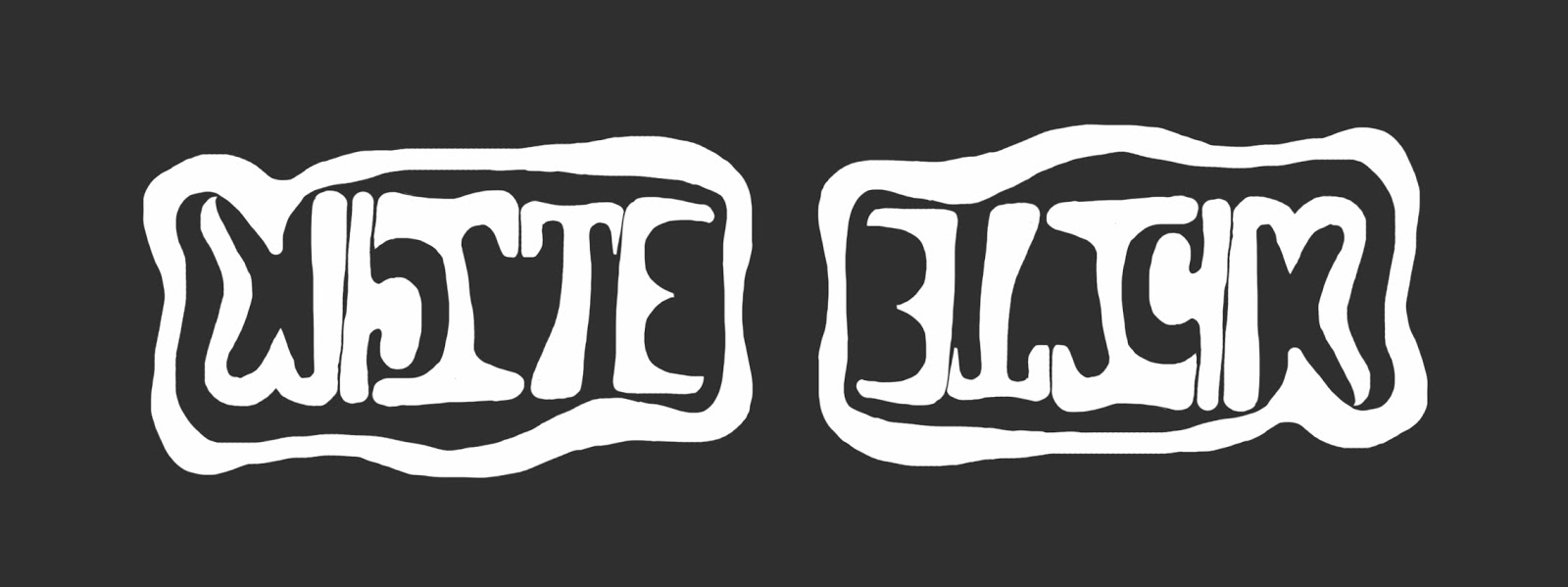

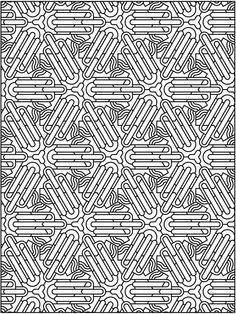
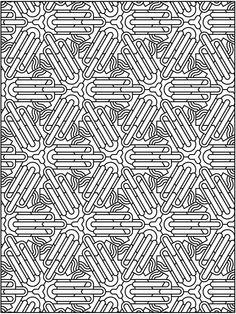
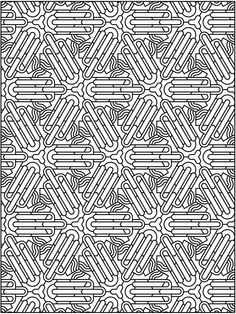
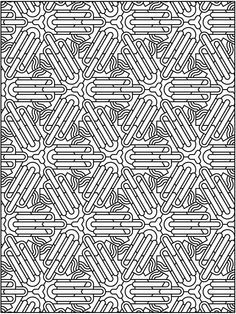
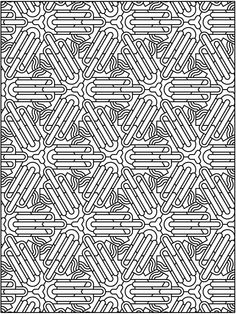














Comments